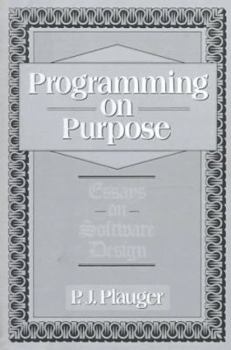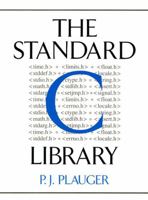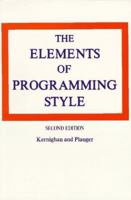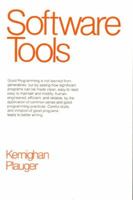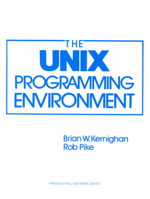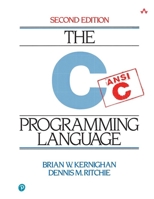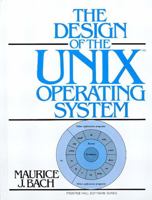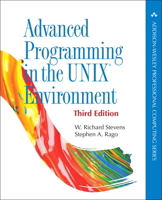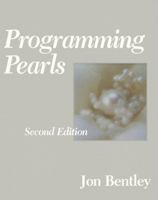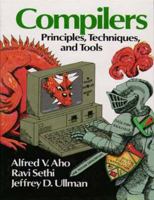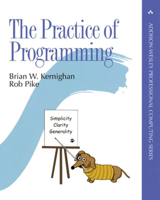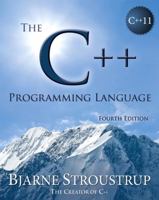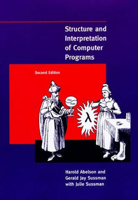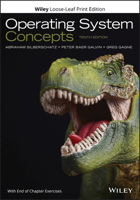Programming on Purpose: Essays on Software Design
You Might Also Enjoy
Customer Reviews
Rated 4 starsWhy is software design so hard?
Maybe because, unlike Plauger, most authors tend to advocate for their particular methodologies and do not really teach how to make the best use of the available design techniques. (Well, maybe it is just that way and it will never become easier. That's part of its charm.) There are no silver bullets (that is, no "one-size-fits-all" method) and "we often cannot articulate why we do what we do when we do it." Plauger tries...
0Report
Rated 4 starsA must have for any professional programmer
Definitely a must have. One thing to keep in mind while reading this book is that it is a collection of essays taken from Plauger's column in Computer Language. Mr. (or should I say Dr since he has his PhD) has an easy and enjoyable reading style. The book's main thrust is collection of design methods each with a specific purpose. These design methods are used at various stages of developement on specific type of problems...
0Report
Rated 5 starsSimple, powerful ideas
Few books I review get 5 stars. This is one of them. Programming on Purpose is a collection of essays originally written for Computer Language magazine. Although the original publication of this collection was in 1993, the materials in the book date back considerably further. Are Plauger's observations and nuggets of advice still relevant? Absolutely. When you read modern classics like Design Patterns (Gamma, et. al.) you...
0Report










